The following list highlights some of the best places to visiting in Djibouti. So if you are in Djibouti, I recommend visiting the following:
- Lake Assal, Tadjoura, Djibouti
- Day Forest National Park, Tadjourah, Djibouti
- Lake Abbe, Dikhil, Djibouti
- Khor Ambado Beach, Djibouti, Djibouti
- Moucha Island, Djibouti, Djibouti
- Sawabi Islands (Seven Brothers), Obock, Djibouti
- Ardoukoba, Djibouti, Djibouti
- Ghoubbet-al-Kharab, Gulf of Tadjourah, Djibouti
- Grand Bara Desert, Ali Sabih, Djibouti
- DECAN Refuge, Djibouti, Djibouti
- Mangrove de Godoria, Obock, Djibouti
1. Lake Assal, Tadjoura

Literally meaning “honey lake”, it is a lake inside the crater of a volcano. The lake is located in a very hot desert area. It is surrounded by a series of hot springs of varying degrees of salinity and pools in which Djibouti’s inhabitants have small huts, thus serving as a base for boosting the tourism sector and offering services to visitors.
2. Day Forest National Park, Tadjourah
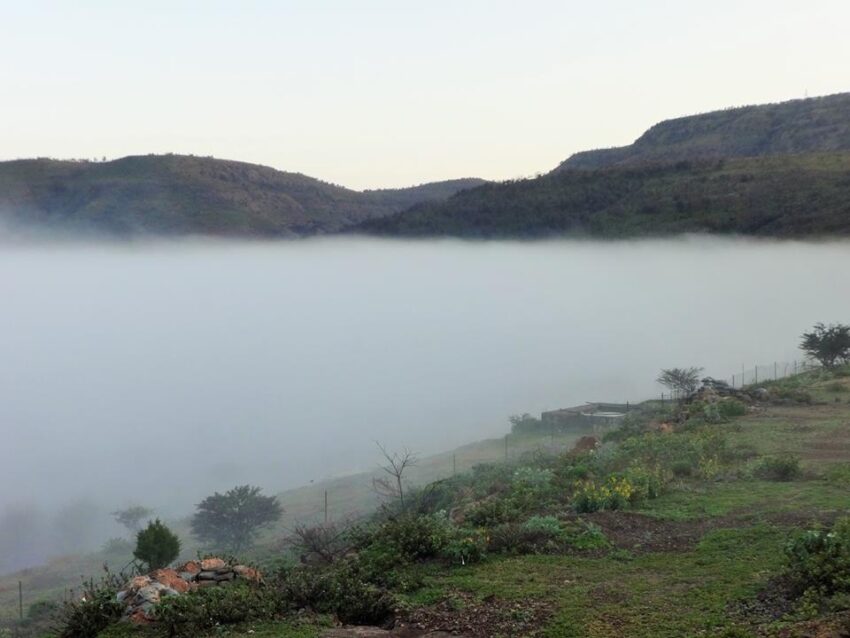
It protects a major forest island in a sea of semi-desert, with at least four known endemic plant species. The forest as a whole has been under long-term environmental threat: 88 percent of Forest Day has been lost in the last two centuries, and more than 20 percent of the loss has occurred in the last 50 years.
3. Lake Abbe, Dikhil

It is known for its steaming limestone thermal chimneys and countless flamingos. As a curiosity, this lake was part of the set during the filming of the movie “Planet of the Apes”. Around the lake we can see the Afar settlements composed of small huts called “ari”. A people surviving in such an arid land, with no crops, no water, few livestock and lots of children running around.
4. Khor Ambado Beach, Djibouti
It is a quite small beach where all along its shore we can find a shady spot built with four pieces of wood and a piece of cloth as umbrellas, very useful and ample. Access to the beach is advisable in a vehicle prepared to cross sandy areas with lots of rocks or a quad bike. It is a recommended place for casual snorkelling, as its shallow depth makes it ideal for observing the seabed without having to go down too deep.
5. Moucha Island, Djibouti
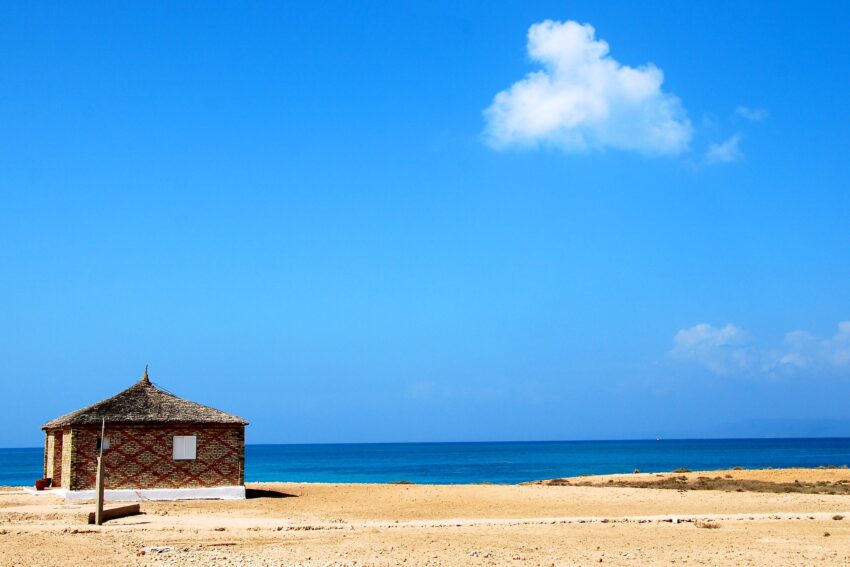
It is a small semi-desert island. We can find a beautiful mangrove forest, however, its main attraction is its beaches and coral reefs. Its waters are a popular diving spot, due to its colourful marine world. It is a place where you can still find virgin areas where you can discover new species.
6. Sawabi Islands (Seven Brothers), Obock
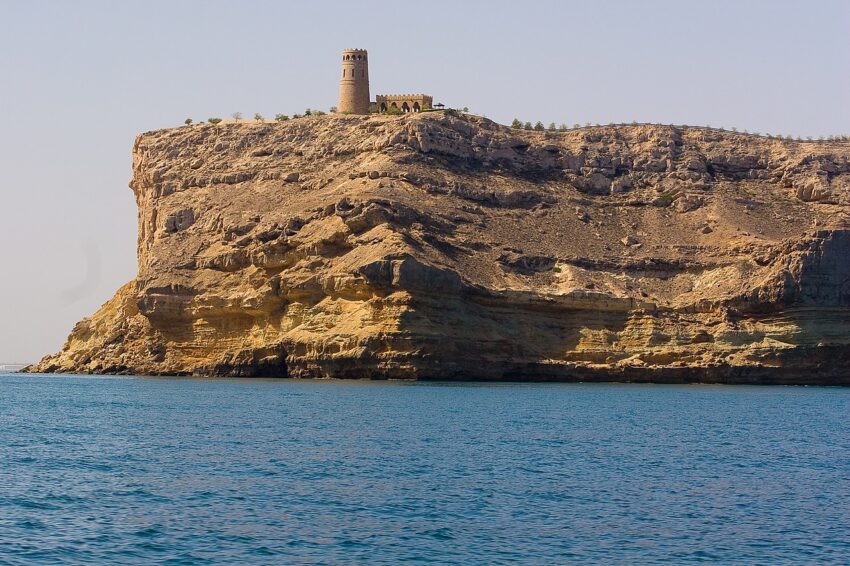
It is located in the middle of the Bab el-Mandeb Strait, which separates the African continent from the Arabian Peninsula and is the port of entry to the Red Sea, where divers will enjoy undisturbed, primaeval seabed, accompanied by abundant marine fauna, along with dolphins, grey sharks and mobulas, while those who do not dive can land on one of the uninhabited islands of the archipelago, forged from legends by the sailors who have passed through them.
7. Ardoukoba, Djibouti
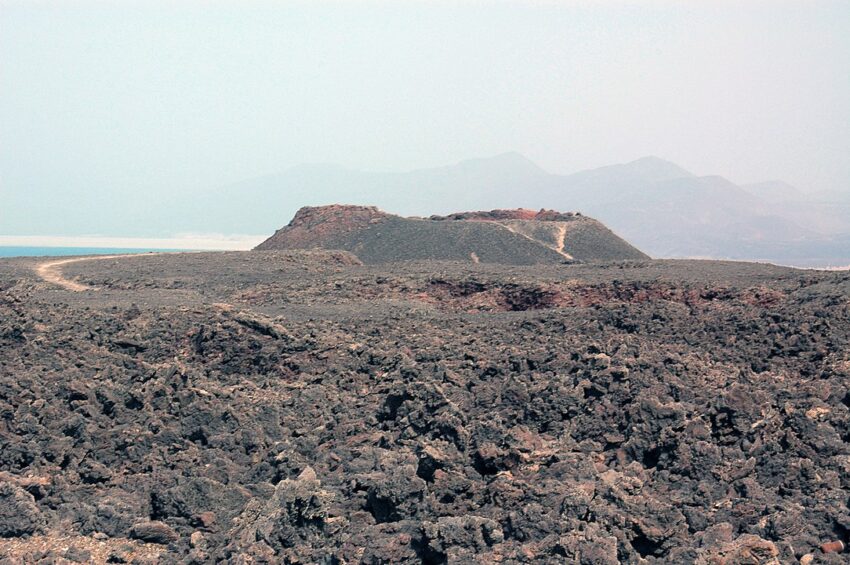
This volcano has had only one eruption so far, that of its birth in 1978: a lava eruption that turned it into a “red” volcano. In terms of landscape, the territory consists of part of the large subsidence field of the arid Afar lowlands, some of which sink well below sea level. Beware of temperatures, which in the summer season (May-September) can exceed 45°C.
8. Ghoubbet-al-Kharab, Gulf of Tadjourah
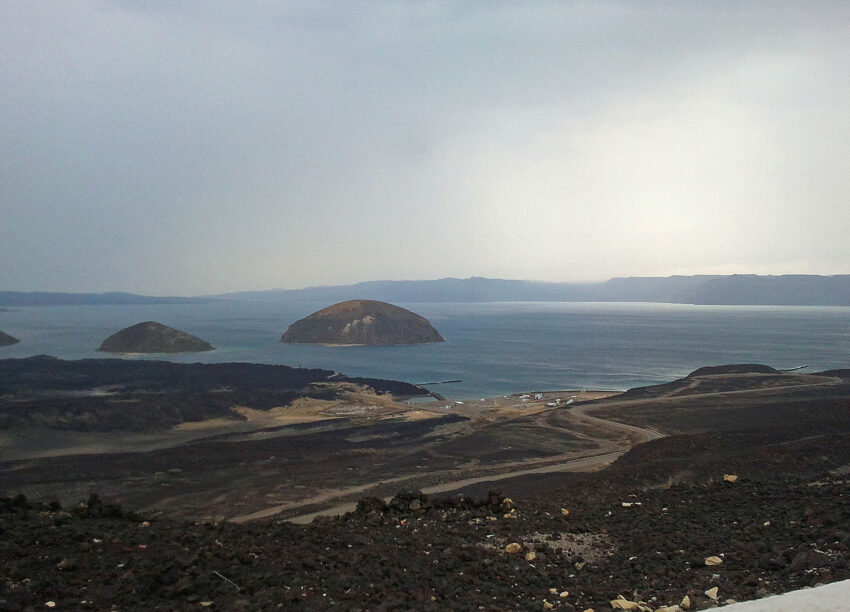
Literally meaning “gulf of demons”, it is a small gulf or inlet of the Gulf of Aden in the Indian Ocean. To the east we find the Mouches Islands, the Assal and Ghoubet sides and close to the shore the Day Forest National Park.
9. Grand Bara Desert, Ali Sabih
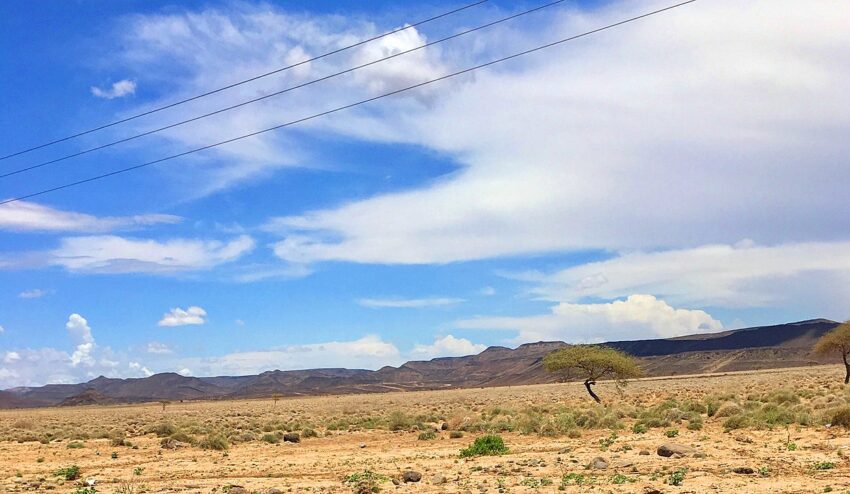
The desert is flat and infertile, with no shrubs or trees. Despite this, several species of mammals have adapted to live in the region, including dik-dik, gerenuk and oryx. The Grand Bara Desert hosts the gruelling annual Foreign Legion race.
10. DECAN Refuge, Djibouti
The DECAN shelter, unlike a classic zoo, only takes in animals in danger. They are usually victims of traffickers or illegally detained by private individuals before being arrested by Djibouti’s police forces. The main wealth of the site has gradually shifted from the animals to the few remaining magnificent acacia trees near the capital.
11. Mangrove de Godoria, Obock
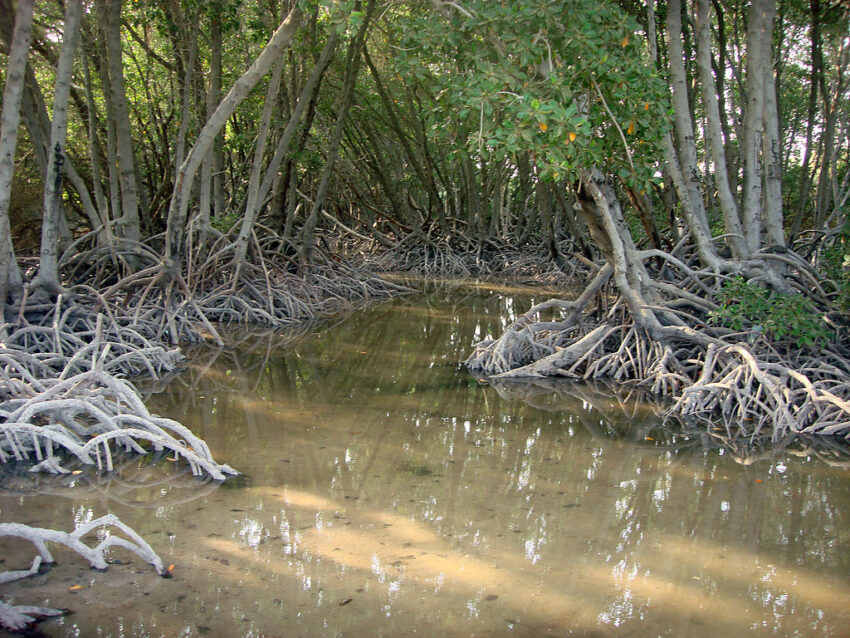
It is considered the most beautiful mangrove swamp in Djibouti. This labyrinth of canals is a teeming oasis where dozens of animal and plant species live, and a few kilometres away there is only desolation. It is best to access this area by sea. This fragile site must be absolutely protected because it is endangered.
If you loved this article or found it useful, don’t forget to visit and subscribe to my social media for more useful content. Follow us on Google My Business, YouTube, Instagram, Pinterest, Twitter, Facebook or Reddit and subscribe to our receive our free website content.

